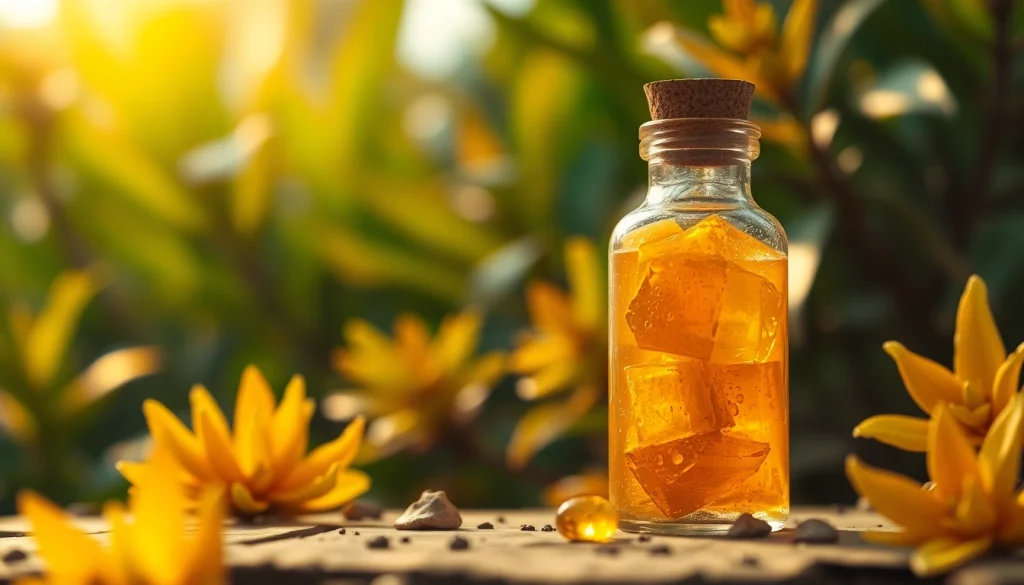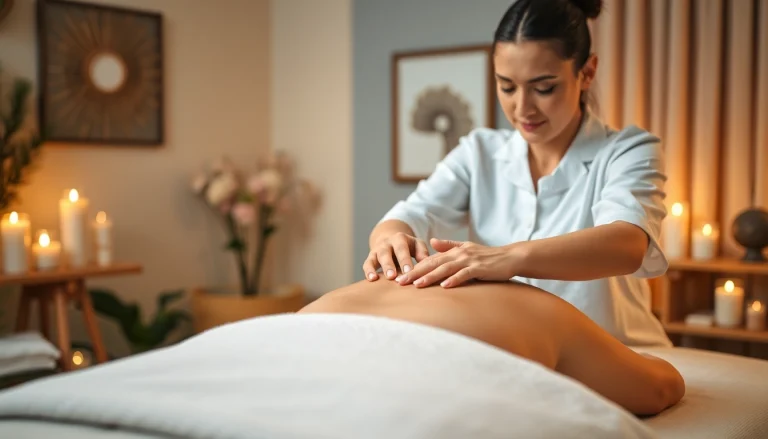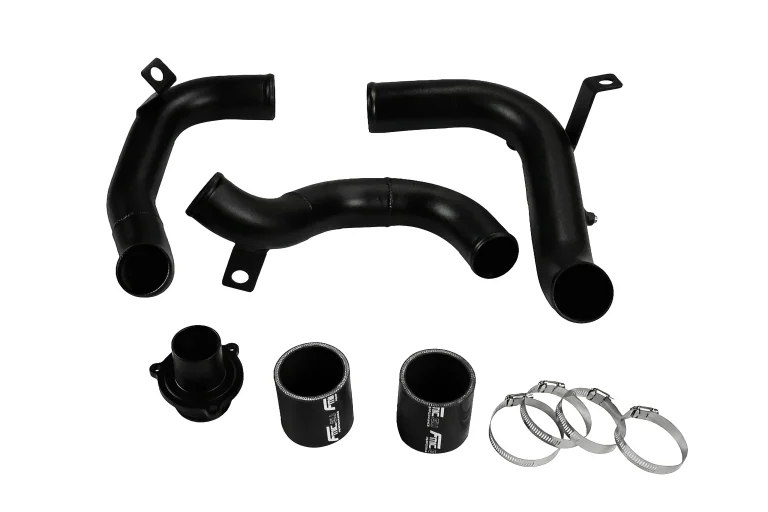
What is Myrrh?
Myrrh is a natural resin derived from the Commiphora tree, primarily found in regions of Africa and the Middle East. Known for its distinctive aroma and rich history, myrrh has been utilized for thousands of years for various purposes, ranging from traditional medicine to spiritual rituals. This treasured substance was once more valuable than gold and was one of the gifts presented to the infant Jesus by the Wise Men. Today, myrrh remains significant in many cultures and is increasingly recognized for its potential health benefits. By exploring myrrh, we delve into its multifaceted uses and historical importance.
Origins and Historical Significance
The origins of myrrh can be traced back to ancient civilizations in Egypt, where it was used in religious ceremonies, perfumery, and as a preservative for mummification. It is believed that myrrh was harvested from the bark of the Commiphora molmol tree. The process involves cutting the bark to allow the sap to ooze out and harden into resin. Historical texts indicate that myrrh played a critical role in the trade routes of the ancient world, notably the Incense Route, highlighting its value across cultures.
In addition to its uses in embalming and incense, myrrh was also employed in traditional medicine by various civilizations, including the Greeks and Romans. Additionally, it has documented usage in Traditional Chinese Medicine (TCM) where it is believed to possess properties that can promote healing.
Cultural Uses Across Time
Myrrh’s cultural impact extends across various societies. In religious contexts, it is often associated with purification and sacrifice. For Christians, the gift of myrrh to Jesus symbolizes his mortality, while in Islam, it is celebrated for its healing properties. Ancient Egyptians used myrrh in cosmetics, medicines, and embalming; it was often burned as incense to please the gods. Its significance can be found in numerous texts and artifacts, underscoring its intrinsic value in historical contexts.
Scientific Classification of Myrrh
From a scientific perspective, myrrh is classified as an oleoresin extracted from several species of the genus Commiphora. The two most notable species from which myrrh is extracted are Commiphora molmol and Commiphora gileadensis. These trees are endemic to arid regions, which contributes to the unique properties of the resin. The chemical composition of myrrh includes various sesquiterpenes, which are responsible for its aromatic qualities and therapeutic properties. Understanding this scientific classification is crucial for discerning authenticity and ensuring quality in myrrh products.
Health Benefits of Myrrh
In recent years, myrrh has garnered attention in the health and wellness sectors, with a growing body of research supporting its therapeutic benefits. Here are some of the most notable health advantages attributed to myrrh.
Natural Antimicrobial Properties
Myrrh possesses strong antimicrobial properties, making it effective against a variety of pathogens. Studies have demonstrated that myrrh extracts can inhibit the growth of certain bacteria and fungi, which positions it as a potential natural preservative and therapeutic agent. In particular, research has shown that myrrh can be beneficial in treating oral infections, where its antiseptic qualities help prevent the development of gum diseases and cavities.
Additionally, laboratory studies have indicated that the compounds present in myrrh may also offer protection against viruses, providing yet another avenue for its application in holistic health.
Myrrh for Skin Health
Myrrh is rich in antioxidants, making it beneficial for skin health. Its anti-inflammatory properties can aid in reducing redness and irritation, making it a popular addition to skincare products. Myrrh can help heal wounds more quickly and alleviate conditions such as eczema and psoriasis. The resin is often utilized in traditional healing practices, where it is combined with other natural ingredients to enhance skin hydration and elasticity.
Research has also indicated that the application of myrrh on the skin may help to minimize the appearance of scars, further solidifying its reputation as a multi-faceted skincare ingredient.
Potential in Pain Management
Myrrh has historically been used as a natural analgesic and anti-inflammatory agent. Its constituents have been shown to provide relief from conditions such as arthritis and muscle pain. For those suffering from chronic pain, myrrh may offer an alternative solution that works in conjunction with other therapies. By reducing inflammation and pain, it can improve the quality of life for many individuals.
Traditional applications include topical preparations and combinations with other pain-relieving herbs, highlighting the versatility of myrrh in pain management strategies.
How to Use Myrrh in Daily Life
Incorporating myrrh into daily routines can enhance wellness through its various uses. Here are some practical ways to use myrrh effectively:
Incorporating Myrrh into Wellness Routines
To integrate myrrh into wellness routines, consider utilizing myrrh tinctures or extracts. These forms allow for easy consumption and can be added to herbal teas or taken directly. Many wellness practitioners suggest sublingual administration for faster absorption and effectiveness.
Additionally, myrrh can be used in meditation practices. Burning myrrh resin as incense can create a calming atmosphere, promoting relaxation and mindfulness. It has been revered for its ability to aid concentration and support a conducive environment for spiritual practices.
Myrrh Essential Oil: Uses and Applications
Myrrh essential oil is highly sought after for its aromatic and therapeutic benefits. It can be diffused to purify the air, or diluted for topical applications. When applied to the skin, it is essential to mix it with a carrier oil to prevent irritation. This oil can also be added to massage blends, enhancing relaxation and easing tension.
In addition, myrrh essential oil can be used in aromatherapy to alleviate stress, anxiety, and depression. By inhaling the oil or using it in contemplative rituals, individuals may experience improved emotional well-being.
Cooking and Dietary Incorporation
Though less common, myrrh can also be used in culinary applications. Its unique flavor can enhance spice blends and dishes, particularly in Middle Eastern and African cuisine. However, due to its strong taste, care should be taken to use it sparingly. Myrrh powder can be incorporated into smoothies or health bars for an additional nutritional boost, although individuals should consult with a healthcare provider before significant dietary changes, particularly in the case of underlying health conditions.
Myrrh vs. Other Herbal Remedies
When considering herbal remedies, understanding how myrrh compares to other popular options is vital. Below, we compare myrrh with other renowned herbs, focusing on their unique benefits.
Comparing Myrrh with Frankincense
Myrrh and frankincense are often regarded as complementary allies in herbal medicine. Both substances have deep-rooted historical significance and are commonly used in spiritual and medicinal practices. While frankincense is primarily recognized for its stress-relieving properties and benefits for respiratory health, myrrh is celebrated for its antimicrobial and anti-inflammatory effects. Together, they create a synergistic duo, enhancing their individual benefits when used in aromatherapy or topical applications.
Additionally, both resins are extracted from their respective trees through similar processes, making them intrinsic to many traditional medicine practices.
Synergistic Effects with Other Herbs
Myrrh is not only potent on its own but also has the potential to work alongside other herbs to enhance therapeutic effects. For example, when combined with turmeric, both myrrh’s anti-inflammatory and turmeric’s antioxidant properties can provide comprehensive relief from various health issues, such as joint pain and skin irritation. Furthermore, partnering myrrh with peppermint may enhance digestive health and alleviate symptoms of nausea.
Recognizing synergistic relationships within herbal combinations is crucial for practitioners looking to maximize efficacy and patient outcomes.
Challenges in Verification and Standards
Despite its numerous benefits, verifying the quality and authenticity of myrrh can pose a challenge due to the lack of standardized regulations. A significant concern is the adulteration of myrrh products, which can dilute its effectiveness and pose health risks. Consumers are encouraged to seek reputable suppliers and research product sourcing to ensure they are receiving pure myrrh.
Transparency in ingredient listings and third-party testing can serve as valuable indicators of product quality, promoting safe consumption and application.
Best Practices for Sourcing and Storing Myrrh
Proper sourcing and storage of myrrh are crucial for maintaining its efficacy and longevity. Here are best practices to follow:
Selecting High-Quality Myrrh Products
When sourcing myrrh products, opt for organic and sustainably harvested options. Look for certifications from reputable organizations to validate sourcing practices. Selecting myrrh in resin form can be ideal, as it is more concentrated and often considered purer than processed forms. Investigating the geographical origin of myrrh can also provide insights into quality; myrrh from regions with a long history of cultivation is typically preferred.
Storage Tips for Longevity
To ensure the longevity of myrrh, it’s essential to store it in a cool, dry place away from direct sunlight. An airtight container can help protect the resin from moisture and air exposure, preserving its integrity. For essential oils, dark glass bottles are preferred for storing, as they shield the oil from UV light, prolonging its shelf life.
Recognizing Authentic Myrrh
Identifying authentic myrrh is essential for maximizing health benefits. Genuine myrrh should have a distinctive aroma, a rich color, and a unique texture. When burned, it should smoke without excessive ash or residue. Consumers should be aware of blends and fillers that may be present in lower-quality products, which can lessen effectiveness. Engaging with knowledgeable suppliers and utilizing sensory evaluation techniques can enhance the likelihood of sourcing authentic myrrh.






